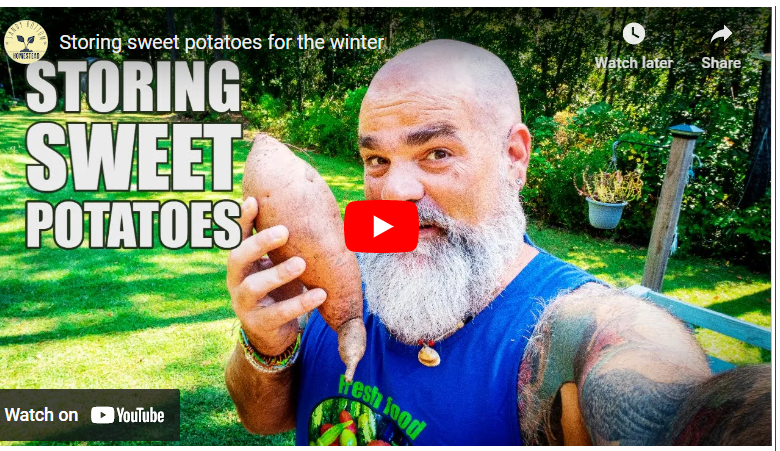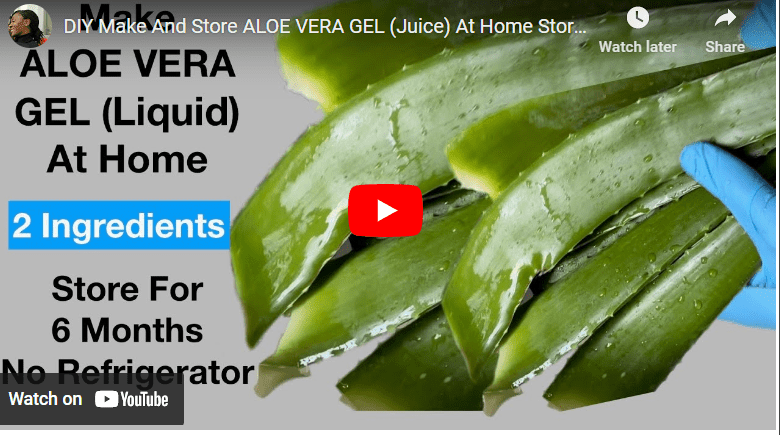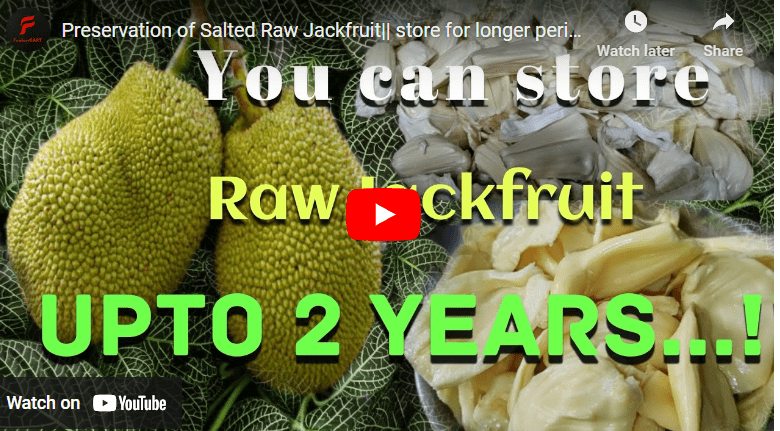Aquaculture is an increasingly important industry in South Africa, with a growing demand for locally produced, sustainable seafood. Formulating high-quality fish feed is a crucial part of this industry, as it directly impacts the growth, health, and profitability of the fish.
Formulating fish feed in South Africa requires careful planning, ingredient selection, mixing, pelletizing, quality control, and storage. This process requires specialized knowledge and expertise to ensure the production of high-quality fish feed that meets the nutritional requirements of the target fish species.
Therefore, this step-by-step guide is dedicated to provide you with proven details on how to formulate fish feed in South Africa. Make a point of reading from beginning to end.
How To Formulate Fish Feed In South Africa Step By Step Guide
Formulating fish feed in South Africa involves a series of steps that must be followed to ensure the production of high-quality feed that meets the nutritional requirements of the target fish species.
The following are the general steps to formulate fish feed in South Africa:
Read Also: [Beginners Guide] How To Formulate Fish Feed In Ghana
Step 1 – Determine the Nutritional Requirements of the Fish Species
To identify the nutritional requirements of the target fish species, you need to consider factors such as the species’ life stage, growth rate, and environmental conditions.
You can obtain this information by reviewing research papers, consulting with aquaculture experts, or conducting your own trials.
Nutritional requirements generally include protein, fat, carbohydrates, vitamins, and minerals.
Read Also: [Beginners Guide] How To Formulate Feed For Snail
Step 2 – Select Appropriate Ingredients
Once you have determined the nutritional requirements of the fish species, you can select the appropriate ingredients to meet those requirements.
Common ingredients in fish feed include fishmeal, soybean meal, corn, wheat, vegetable oil, and vitamin and mineral supplements.
Consider the quality and availability of the ingredients, as well as their cost.
Read Also: [Beginners Guide] How To Formulate Feed For Snail South Africa
Step 3 – Determine the Proportion of Each Ingredient
After selecting the ingredients, you need to determine the proportion of each needed to meet the nutritional requirements of the fish species.
This can be done using mathematical models or specialized software. You may also need to consider the digestibility and availability of the nutrients in the ingredients, as well as the fish’s feeding behavior.
Step 4 – Mix the Ingredients
Once you have determined the proportions of each ingredient, you need to mix them in the appropriate ratios to achieve the desired nutrient composition of the fish feed.
Read Also: [Beginners Guide] How To Formulate Feed For Snail In the US
You can mix them manually or use a mechanical mixer. Mixing ensures that the nutrients are evenly distributed throughout the feed.
Step 5 – Pelletize the Feed
Pelletizing the mixed ingredients involves using a pelletizer machine to compress and extrude the feed mixture into small, uniform pellets.
Pelletizing improves the digestibility of the feed and makes it easier to handle and store. You can adjust the size and shape of the pellets to meet the needs of the fish species.
Read Also: [Beginners Guide] How To Formulate Feed For Snail In Ghana
Step 6 – Quality Control
To ensure the final product meets the desired nutrient composition and is free from contaminants, you need to put quality control measures in place.
This includes testing for nutrient content, particle size, and moisture content. You may also need to test for toxins and pathogens, such as salmonella and aflatoxins.
Step 7 – Packaging and Storage
Once the feed is pelletized and tested, it can be packaged in appropriate packaging material and stored in a cool, dry place.
Proper storage ensures the feed remains fresh and free from contamination until it’s used. Label the packages with the date of production and the nutrient composition of the feed.
Read Also: [Beginners Guide] How To Formulate Feed For Snail In Nigeria
Required Tools to Formulate Fish Feeds
#1. Weighing Scale
An accurate weighing scale is necessary to measure the ingredients in the right proportions.
#2. Mixing Equipment
You need a mixer to blend the ingredients thoroughly and ensure that they are evenly distributed.
#3. Pelletizing Machine
A pelletizing machine is used to compress and extrude the feed mixture into small, uniform pellets.
#4. Nutrient Analysis Equipment
To ensure the final product meets the nutritional requirements of the fish species, you need nutrient analysis equipment to test the nutrient content of the feed.
#5. Quality Control Equipment
Quality control equipment is needed to test the feed for contaminants and ensure that it is free from pathogens and toxins.
Read Also: [Beginners Guide] How To Formulate Fish Feed in Uganda
Best Practices of Formulating Fish Feed In South Africa
#1. Use High-Quality Ingredients
Use high-quality ingredients that are fresh, nutritious, and free from contaminants.
#2. Follow Nutritional Guidelines
Follow nutritional guidelines for the target fish species to ensure that the feed meets their nutritional requirements.
#3. Proper Mixing
Ensure that the ingredients are mixed thoroughly and evenly distributed to avoid nutrient imbalances.
#4. Accurate Weighing
Measure the ingredients accurately to ensure the feed is produced to the correct specifications.
#5. Quality Control
Test the feed regularly for nutrient content, particle size, and moisture content. Also, test for contaminants and pathogens to ensure the feed is safe and of high quality.
Benefits Of Formulating Fish Feed In South Africa
#1. Cost Savings
Formulating fish feed in South Africa can be cost-effective as you can use locally sourced ingredients that are more affordable.
#2. Customizable
Formulating your own fish feed allows you to tailor it to the specific nutritional requirements of your fish species.
#3. Better Quality
Producing your own fish feed ensures that it’s fresh, high quality, and free from contaminants.
#4. Healthier Fish
Feeding fish with properly formulated feed can result in faster growth rates and improved health.
#5. Environmentally Friendly
By using locally sourced ingredients, you can reduce the carbon footprint associated with transporting feed from other regions.
Disadvantages of Formulating Fish Feed In South Africa
#1. Initial Investment
There may be a high initial investment to purchase the required equipment and set up a facility for formulating fish feed.
#2. Technical Expertise
Formulating fish feed requires specialized knowledge and expertise. Without proper training, the feed may not meet the nutritional requirements of the fish species.
#3. Quality Control
Ensuring that the feed is of consistent quality and free from contaminants requires strict quality control measures.
#4. Storage
Proper storage of the feed is crucial to maintain its quality and freshness. Inadequate storage facilities can result in spoilage and loss of feed.
#5. Competition
The market for fish feed in South Africa is competitive, and it can be difficult to establish a niche in the market.
Where to Sell Fish Feed in South Africa
- Aquaculture Farms: Aquaculture farms are the primary customers for fish feed in South Africa.
- Pet Stores: Pet stores that sell fish may also be interested in purchasing fish feed.
- Agricultural Supply Stores: Agricultural supply stores that cater to aquaculture farmers may also be interested in selling fish feed.
- Online Retailers: Selling fish feed online can help reach a wider audience beyond your immediate geographic location.
- Direct Sales: Establishing direct sales channels with customers can be an effective way to sell fish feed and build relationships with customers.
Cost of Formulating Fish Feed in South Africa
#1. Ingredient Costs
The cost of ingredients will vary depending on their availability and quality. Locally sourced ingredients may be more affordable than imported ones.
#2. Equipment Costs
The cost of equipment can be significant, especially if you need to purchase a mixer and pelletizing machine.
#3. Labor Costs
The cost of labor to operate the equipment, formulate the feed, and perform quality control tests should be factored into the cost.
#4. Energy Costs
Running the equipment requires energy, which will increase the cost of production.
#5. Transportation Costs
Transporting the ingredients and finished feed to and from the facility can also add to the overall cost.
Challenges of Formulating Fish Feed In South Africa
#1. Lack of Technical Expertise
Formulating fish feed requires specialized knowledge and expertise, which may be lacking in some areas.
#2. Quality Control
Ensuring the feed is of consistent quality and free from contaminants requires strict quality control measures, which can be challenging to implement and maintain.
#3. Availability of Ingredients
The availability of high-quality ingredients may be limited, which can impact the nutritional content of the feed.
#4. Climate Change
Climate change can impact the availability and quality of ingredients, making it challenging to produce consistent feed.
#5. Competition
The market for fish feed in South Africa is competitive, which can make it difficult to establish a niche and compete with established players.
Measures to Take When Formulating Fish Feed
#1. Follow Nutritional Guidelines
Follow nutritional guidelines for the target fish species to ensure that the feed meets their nutritional requirements.
#2. Quality Control
Test the feed regularly for nutrient content, particle size, and moisture content. Also, test for contaminants and pathogens to ensure the feed is safe and of high quality.
#3. Proper Mixing
Ensure that the ingredients are mixed thoroughly and evenly distributed to avoid nutrient imbalances.
#4. Accurate Weighing
Measure the ingredients accurately to ensure the feed is produced to the correct specifications.
#5. Use Fresh Ingredients
Use fresh, high-quality ingredients that are free from contaminants and have not been exposed to high temperatures or moisture.
Low Cost Fish Feed Formulation
#1. Use Local Ingredients
Utilize locally available ingredients to reduce costs. For example, maize and soybean meal are commonly used in South African fish feed formulations.
#2. Substitute Expensive Ingredients
Substitute expensive ingredients with cheaper alternatives that have similar nutrient profiles. For example, rice bran or wheat bran can be used to replace some of the fishmeal in the formulation.
#3. Add Nutrient Supplements
Add nutrient supplements such as vitamins and minerals to the feed to ensure that the fish receive all the necessary nutrients. These supplements can be purchased in bulk, reducing the cost per unit.
#4. Reduce Waste
Reduce waste by using all parts of the ingredients in the feed formulation. For example, using both the meal and oil from soybeans.
#5. Pelletize the Feed
Pelletizing the feed can reduce waste and increase the efficiency of feeding, as the pellets are easier to handle and less likely to be lost in the water.
Fish Feed Formulation PDF
#1. Research
Research existing fish feed formulations to gain insight into ingredient selection and ratios.
#2. Nutrient Requirements
Determine the nutrient requirements of the target fish species to ensure that the feed meets their dietary needs.
#3. Ingredient Selection
Choose ingredients that are high in protein and other essential nutrients, and that are also affordable and readily available.
#4. Mixing and Pelletizing
Mix the ingredients thoroughly and pelletize the feed for efficient feeding and reduced waste.
#5. Quality Control
Regularly test the feed for nutrient content, moisture, and contaminants to ensure that it meets quality standards.
Floating Fish Feed Formulation PDF
#1. Ingredient Selection
Select ingredients that will produce a feed that floats, such as fishmeal, soybean meal, and wheat flour.
#2. Pelletizing
Pelletize the feed using a floating pelletizer to ensure that the feed floats on the surface of the water and is easily accessible to the fish.
#3. Nutrient Requirements
Determine the nutrient requirements of the target fish species to ensure that the feed meets their dietary needs.
#4. Quality Control
Regularly test the feed for nutrient content, moisture, and contaminants to ensure that it meets quality standards.
#5. Storage
Store the feed in a cool, dry place to prevent spoilage and maintain its quality.
Tilapia Fish Feeding Chart
#1. Age
Feed the fish based on their age and growth rate. Younger fish will require more frequent feedings and smaller amounts of food, while older fish will require fewer feedings but larger amounts of food.
#2. Size
Adjust the feed amount based on the size of the fish. Larger fish will require more food than smaller fish.
#3. Water Temperature
Monitor the water temperature, as it can affect the fish’s metabolism and feeding habits.
#4. Nutrient Requirements
Ensure that the feed meets the nutrient requirements of the fish, including protein, fats, and carbohydrates.
#5. Feed Timing
Feed the fish at the same time every day to establish a feeding routine and prevent overfeeding.
Tilapia Fish Feed Formulation PDF
#1. Ingredient Selection
Choose ingredients that are high in protein and other essential nutrients, such as fishmeal, soybean meal, and wheat flour.
#2. Nutrient Requirements
Determine the nutrient requirements of the target fish species to ensure that the feed meets their dietary needs.
#3. Mixing
Mix the ingredients thoroughly to ensure that the nutrients are evenly distributed throughout the feed.
#4. Pelletizing
Pelletize the feed to increase feeding efficiency and reduce waste.
#5. Quality Control
Regularly test the feed for nutrient content, moisture, and contaminants to ensure that it meets quality standards.
Homemade Tilapia Feed
#1. Ingredient Selection
Choose ingredients that are high in protein and other essential nutrients, such as fishmeal, soybean meal, wheat flour, and rice bran. Other ingredients that can be added include vegetables, fruits, and herbs.
#2. Nutrient Requirements
Determine the nutrient requirements of the target fish species and ensure that the feed meets their dietary needs.
#3. Mixing
Mix the ingredients thoroughly to ensure that the nutrients are evenly distributed throughout the feed.
#3. Pelletizing
Pelletizing the feed is optional but can increase feeding efficiency and reduce waste.
#4. Quality Control
Regularly test the feed for nutrient content, moisture, and contaminants to ensure that it meets quality standards.
Conclusion
By following these steps, you can produce high-quality fish feed that meets the nutritional requirements of the target fish species. It’s important to continually monitor and adjust the feed formulation to ensure it’s meeting the needs of the fish and producing the desired growth rates.



